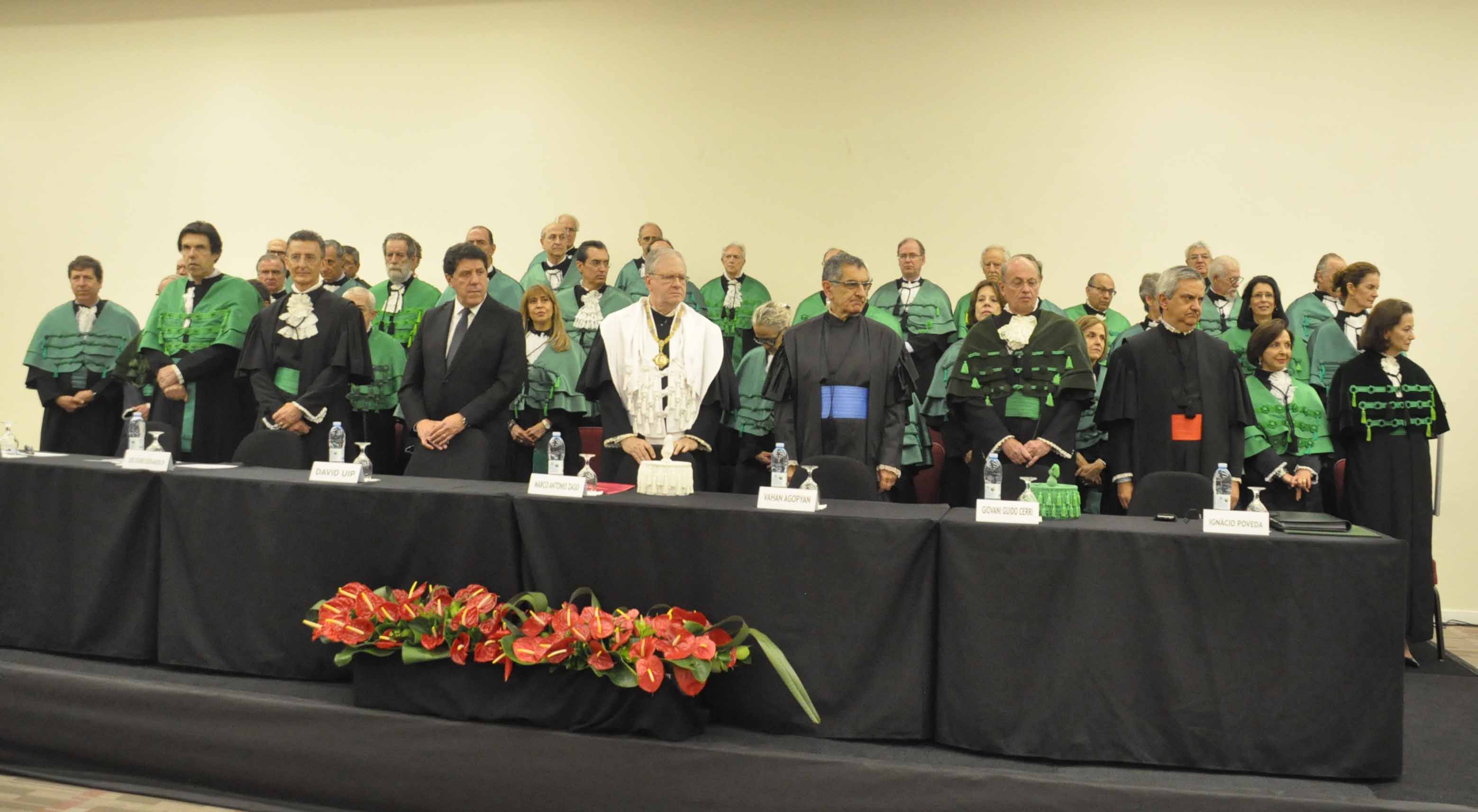News
Artigo revisado pelos médicos do Programa de Residência Médica da Disciplina de Anestesiologia da FMUSP, Dr. Rafael Priante Kayano e Dr. Vinícius Augusto Ferreira Leme explica o que é a cardiomiopatia de Takotsubo, também conhecida como “Síndrome do Coração Partido”.
Clique aqui para download: Cardiomiopatia de Takotsubo



